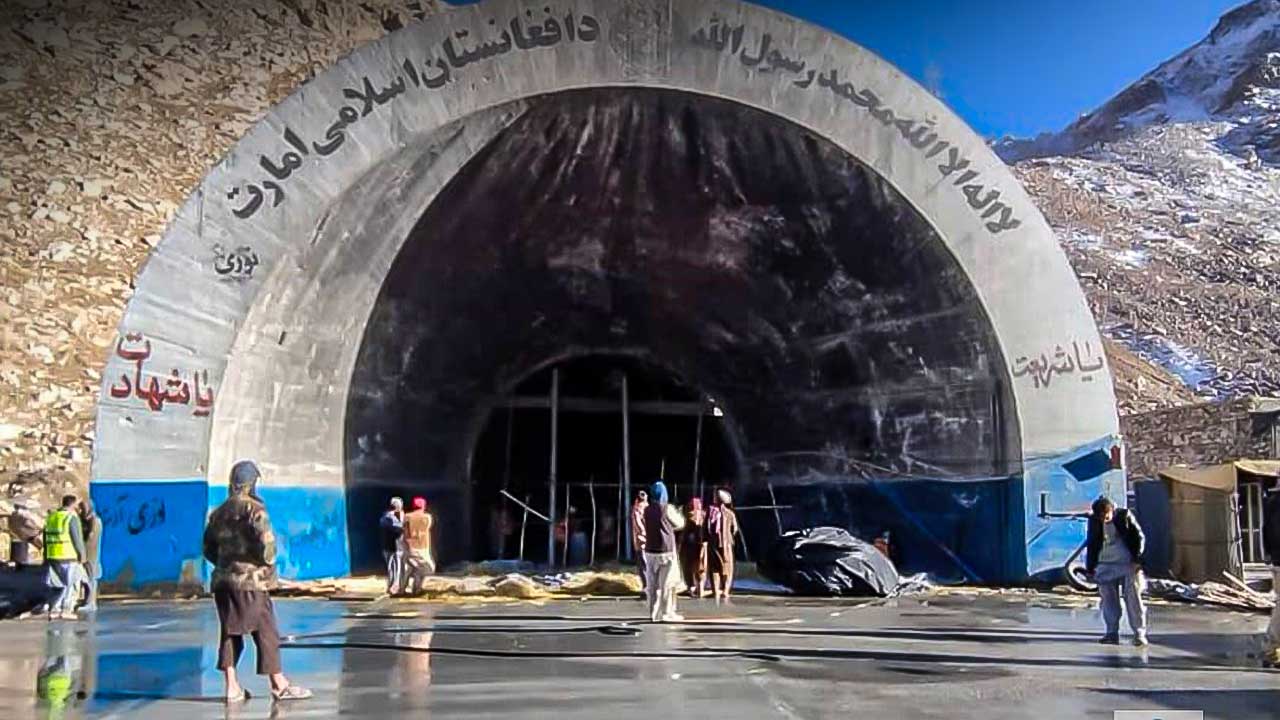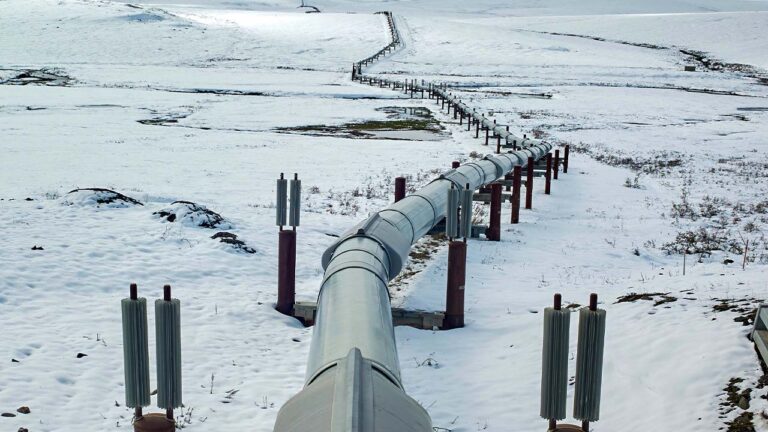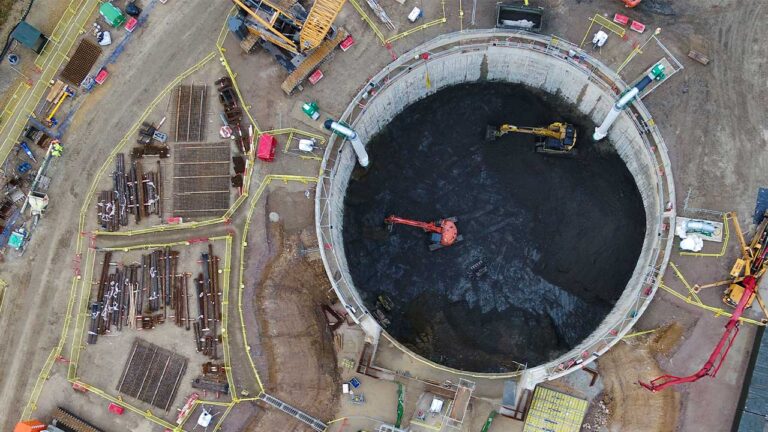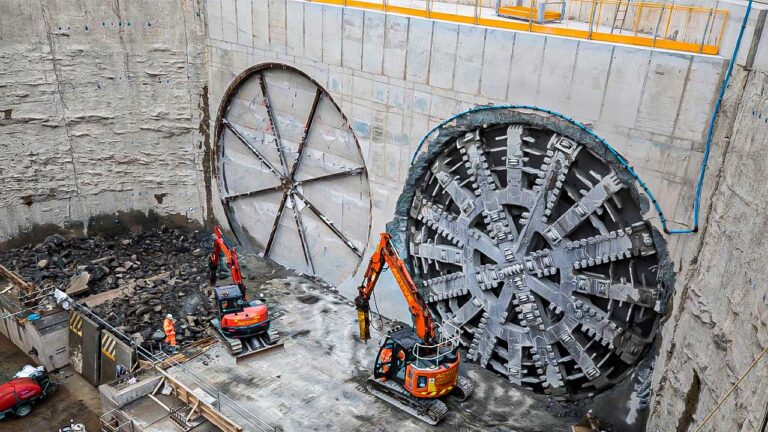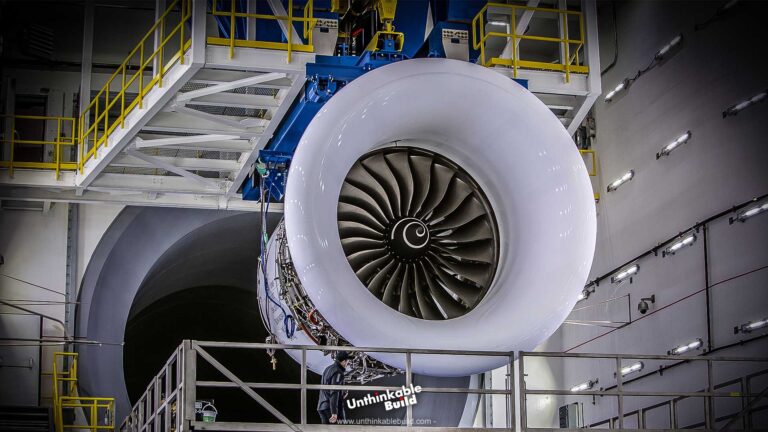Reconstruction of the World’s Most Dangerous Salang Tunnel
Afghanistan, a landlocked country situated at the heart of Asia, has historically been a crossroads for trade and cultural exchange. However, its strategic location also made it a focal point of conflict, notably during the protracted Afghan War. This conflict, spanning over four decades, had a profound impact on the nation’s infrastructure, particularly its roads and tunnels, crucial for its development and connectivity.
Before the onset of the war, Afghanistan’s infrastructure was modest yet functional, with a network of roads and tunnels facilitating trade and travel across its rugged terrain. These included the famous Salang Tunnel, an engineering marvel that links the northern and southern parts of the country through the Hindu Kush mountains, and the Ring Road, a vital artery connecting major cities like Kabul, Kandahar, Herat, and Mazar-i-Sharif.
However, the Afghan War, which began in the late 1970s and saw various phases involving Soviet intervention, civil war, and the U.S.-led invasion following the events of 9/11, took a heavy toll on this infrastructure. The relentless conflict, marked by bombings, military operations, and insurgent attacks, led to widespread destruction of roads and tunnels. The damage was not just physical; it disrupted trade routes, hindered access to remote areas, and isolated communities. The destruction of bridges and roads also had a cascading effect on emergency response and humanitarian aid, exacerbating the country’s socio-economic challenges.
Furthermore, the war’s legacy includes a landscape scarred with landmines and unexploded ordnance, posing ongoing risks for reconstruction and travel. Efforts to rebuild and repair these critical infrastructures have been hampered by continuing instability, limited resources, and challenging geography.
Nestled in the formidable Hindu Kush Mountain range in northern Afghanistan, the Salang Tunnel is a marvel of engineering. This tunnel has significantly improved connectivity by reducing the distance between the North and South of Afghanistan by 110 km. Since its inauguration in 1964, it has been a crucial conduit, linking the capital, Kabul, to nine other provinces of Afghanistan and extending connections to Central Asian states. At an altitude of almost 3,400 Meters above sea level, it is one of the highest and most dangerous tunnels in the world.
Also Read: Moscow-St. Petersburg High-Speed Rail Project
Today, we will explore the reconstruction of the world’s most dangerous Salang tunnel in Afghanistan. But before we start, make sure to click on the subscribe button and like this video, as it’s the best way to support our channel.
The Salang Tunnel is infamous for its hazardous conditions and numerous accidents, claiming an average of 40 Lives Every Year. Factors contributing to its dangerous state include stretches of unpaved road filled with dust and smoke, which makes navigation more difficult. The ever-present threat of poisonous carbon monoxide, due to a destroyed ventilation system, further compounds the danger, leading to fires and accidents.
Despite the risks, approximately 5,000 Vehicles traverse the Salang Tunnel daily. This unpaved, 2.7 Kilometer long passageway is more than just a route; it’s the economic artery of Afghanistan, facilitating the movement of goods and people. However, its importance comes with a cost. The tunnel often closes due to accidents, snow, ice, and avalanches, disrupting the flow of essential supplies and commerce.
The Salang Tunnel was an architectural marvel of its time. It was constructed by Soviet Union workers in the 1950s and was initially designed for 2,000 Vehicles per day. Today, that number has swelled to almost 7,000 – 9,000 at peak times. Attempts at repair and reconstruction over the past decades have been periodic and inadequate, often using low-quality materials. Consequently, the tunnel falls drastically short of modern safety standards. The poor ventilation, steep highway grades, lack of lighting, and the threat of avalanches make travel through it both dangerous and restrictive.
In 2015, the World Bank approved a $250 Million grant to help Afghanistan improve roads crossing the Hindu Kush, particularly the Salang Pass Road and tunnel.
The state of the Salang Tunnel has significant economic implications. The Salang Corridor is the primary route connecting Kabul to Northern Afghanistan and Central Asia. Afghanistan’s prolonged conflict has stunted economic growth for decades. However, in a surprising turn of events, the current Afghan government has shown a renewed interest in economic development. Following their assumption of power, they have launched the reconstruction of the Salang Tunnel as their second-largest development project in the country. This ambitious undertaking is slated for completion within two years, marking a potential turning point in Afghanistan’s journey towards economic revitalization and infrastructural stability.
In early 2023, the Afghan government announced the reconstruction of the Salang Tunnel. This project is a collaborative effort led by an Afghan-Russian company. The reconstruction includes several key components: building a drainage system to alleviate issues during rain and storms, repairing the electricity system, and preventing water from dripping from the ceiling onto the road. These improvements are crucial, given the tunnel’s history of deadly incidents.
Also Read: Thames Tideway Tunnel: London’s £4.5 Billion “Super Sewer” Tunnel
Over the years, the Salang Tunnel has witnessed numerous tragedies due to its perilous conditions. In 2010, avalanches claimed over 150 Lives, and just last year, a fiery accident involving an overturned oil tanker resulted in the death of 19 People. Perhaps the most devastating event occurred in 1982, believed to be one of the deadliest road accidents in history, where a collision led to a fire and explosions, killing as many as 2,700 People, including civilians and Soviet soldiers.
Currently, the project is focused on constructing a concrete road inside the tunnel, which is expected to be completed in the coming weeks. During this phase, vehicular movement is restricted to nighttime or completely halted. Funded by the government, the project extends beyond the tunnel, covering 80 Kilometers of road construction from the Tajikan area in Jabal al-Sarraj district to Khinjan district, with initial focus on the tunnel and Gallery 16. This endeavor, providing a plethora of jobs for locals amidst a financial crisis, is set to take at least two years for completion.
The reconstruction includes a comprehensive engineering study, high-altitude geological investigations, and the use of advanced technology like satellite imagery and GPS-enabled video cameras for assessing road designs and social impacts. Avalanche modeling has also been implemented to identify highway sections at risk of avalanches over different time intervals.
Officials in Afghanistan’s Parwan province have recently heralded the commencement of construction work on the Salang tunnel, marking a pivotal step towards ensuring its year-round operation. The Ministry of Public Works has projected a completion timeline of three months for this critical project, although a specific completion date remains unannounced.
This construction initiative involves two foreign companies and encompasses the development of an 80-kilometer road extending from the Salang tunnel. This route is more than just a road; it is a vital artery for transport, linking the northern and southern regions of Afghanistan. The project is seen as a key element in enhancing the nation’s infrastructure, crucial for improving transportation and fostering greater connectivity across these diverse regions.
However, the path ahead is not without its hurdles. Officials from the contracting companies have raised concerns, particularly about the unpredictable weather patterns in the region and the intricate technical demands of tunnel construction. These factors pose significant challenges and risks, potentially impacting the timeline and success of the project.
In the face of these challenges, the Afghan government remains resolute in its mission. Unwavering in the face of political instability and security concerns, the government’s commitment to completing the Salang tunnel within the proposed timeframe underscores its dedication to economic development and regional integration.
This project is not just a road construction effort; it represents a significant stride towards improving Afghanistan’s security and economic prospects. The Salang Corridor, vital for connecting Kabul to northern Afghanistan and Central Asia, is essential for safe, reliable road travel, industrial development, and economic growth. With 85% of the work completed, Afghanistan is on the cusp of having a standard highway, crucial for regional connectivity and facilitating the transit of commercial items more efficiently and cost-effectively.
The completion of the Salang highway is eagerly anticipated, promising a safer passage for drivers and playing a pivotal role in enhancing Afghanistan’s economy and international relations.

